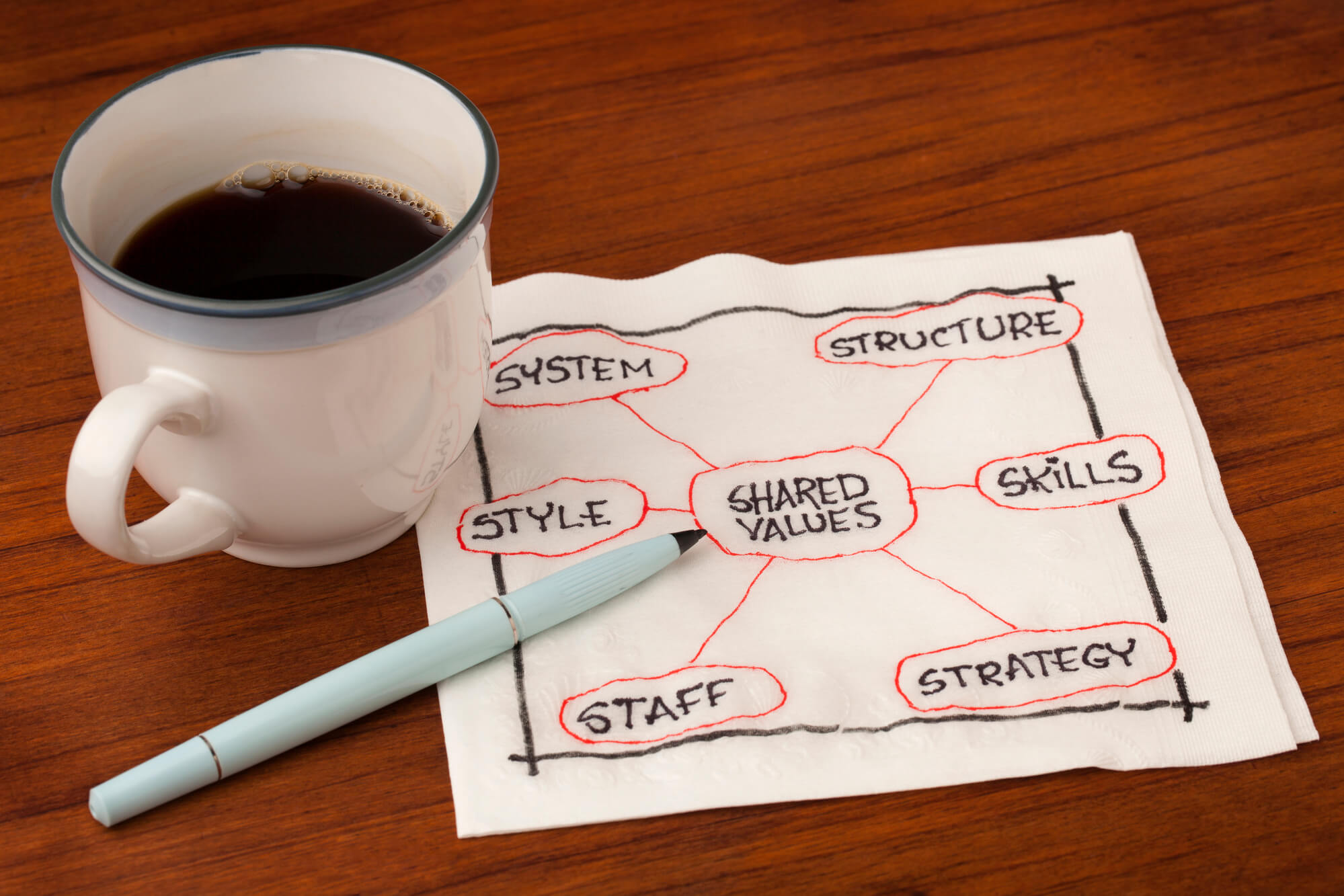This article originally appeared on Forbes.
Culture is a significant determinant of company success, and yet it’s a slippery thing to define. That’s why public examples of well-defined cultures, such as the famous 2009 125-slide deck from Netflix, called “one of the most important documents ever to come out of Silicon Valley” are highly prized. Culture can shift an organization into high gear or slow it down dangerously; it affects how employees feel about the organization and their own teams, how much they participate and how long they stay: the current flap at Away is just one example.
But culture is not a fixed state; whether you focus on it intentionally or ignore it, it will continue to evolve. “Every day you have the opportunity to build your culture, and you need to do it purposefully and with intent and tell people what’s important,” according to Amy Reichanadter, the Chief People Officer of Databricks, the rapidly growing provider of a unified data analytics platform that’s now valued at $6.2 billion.
Reichanadter shared the approaches she takes to strengthen culture and assess its current state, because to keep your company culture healthy, it helps to know both what to avoid, and where to put your attention.
How To Build and Preserve a Strong Culture
Whether the desire to develop and maintain a positive culture is part of a company’s founding DNA or a response to significant problems, Reichanadter described six steps every organization should take.
Raise the bar on hiring. Time spent on hiring is one of the most significant investments the leadership can make because every single new employee has an impact on the culture. When it comes to hiring, Reichanadter emphasized, “Don’t settle. That is an exact quote and we repeat it at every single ‘all hands’ meeting…We would so much rather wait and find the best possible person for the job, [because] when you’re moving at this kind of pace…every single resource matters.” Make sure all decision-makers involved in recruitment and selection understand at a deep and detailed level what the expectations are for hiring, based explicitly on the requirements of your people strategy.
Invest in leadership development. It’s necessary to create consistency about the norms for leadership throughout the organization, including specific conversations about how to support performance, how compensation decisions are made, and ensuring a common language and understanding about norms for leadership behavior. This is particularly crucial because when employees do come to their managers to say there’s a problem, “the managers have to know what to do with it; they have to feel empowered and there have to be avenues of communication set up in the organization so [the managers] know where to raise those issues and that they’re part of the solution.”
Create the right employee experience. The investment in leadership development permits a company to create a supportive and developmental environment for employees, which “doesn’t happen by accident. It happens because they love the work they do. They have a great relationship with their manager. They feel proud of the organization.” The day-to-day environment and experience are crucial, because most employees will not go directly to the CEO to talk about what they perceive is wrong; they’ll start with their manager. And if their manager is not responsive, they may not go any further, but over time, will begin to disengage.
Make the “people strategy” an integral part of corporate strategy. As Reichanadter stressed, “Things like employee turnover or disengagement are really expensive [and] you’re going to spend money on one side or the other. So why not do it proactively and intentionally so that you get the type of corporate culture and employees that you want, or you can spend it on the other side by replacing people and bringing in consultants to figure out how to fix the culture.”
Watch for indications of trouble. In addition to reviewing quantitative data, such as engagement surveys and attrition reports, which, by definition, are lagging indicators, it’s key to recognize whether you “have an environment where employees are connected enough to their manager and leadership to feel empowered to say what the issues are.” In companies where the culture is deteriorating, it’s typical to see employees closing down, not sharing concerns and disengaging. They go into what Reichanadter called “wait and see” mode: “People start to leave earlier. They don’t ask questions any more. They’re phoning it in and they’re waiting to see what’s going to happen…Particularly in high growth environments like [Databricks], that’s literally death.” When employees are biding their time rather than acting, they become an actual barrier to the company accomplishing its goals and potential.
Help employees and managers hold candid conversations. Once you can tell that there’s a culture problem, it’s vital to work thoughtfully and intentionally to reestablish trust and confidence, and one of the most purposeful approaches is to ensure that employees have multiple avenues for expressing their concerns. It can take numerous honest and potentially painful conversations to uncover what is actually wrong and then the leadership must take steps to meet the needs the employees have expressed. Direct managers must have the skill and dedication to listen and understand when employees are raising problems, and then to know what to do with that information when they get it, whether that means responding to it directly or also passing it along to their leaders so that issues can be worked at all levels.
Workplace stress is estimated to cost the U.S. economy more than $500 billion dollars. If you’d like to focus your organization’s money on growth rather than repair, taking these steps to strengthen and develop your culture will help create a sturdy foundation for future expansion and success.
Onward and upward —
LK

